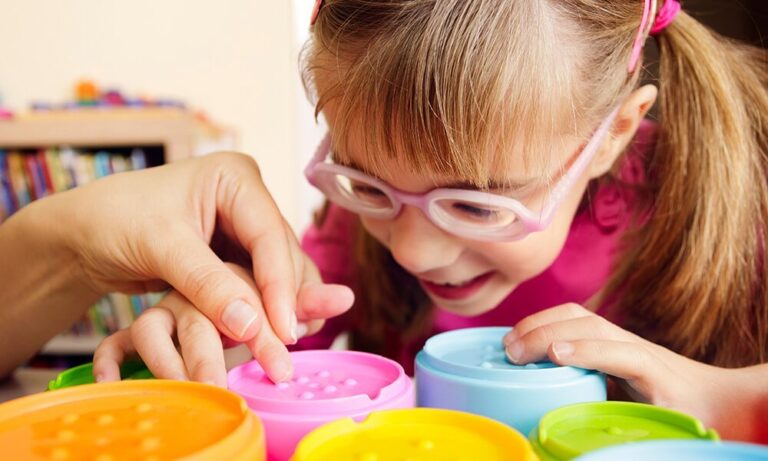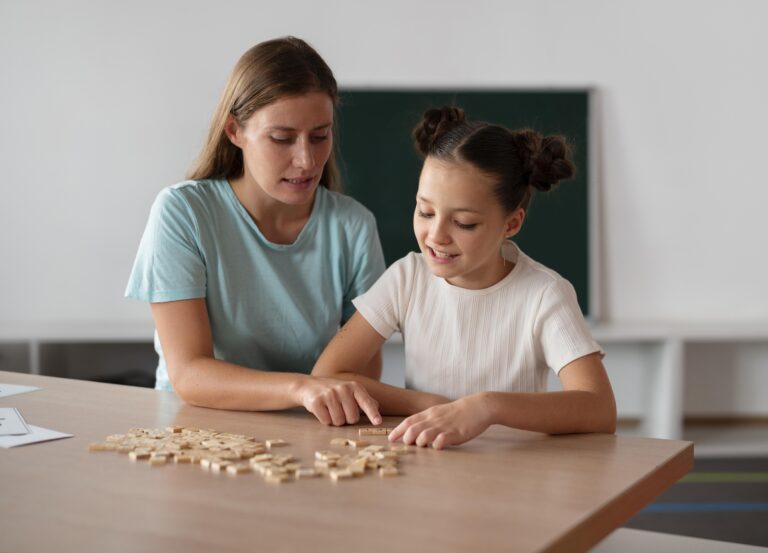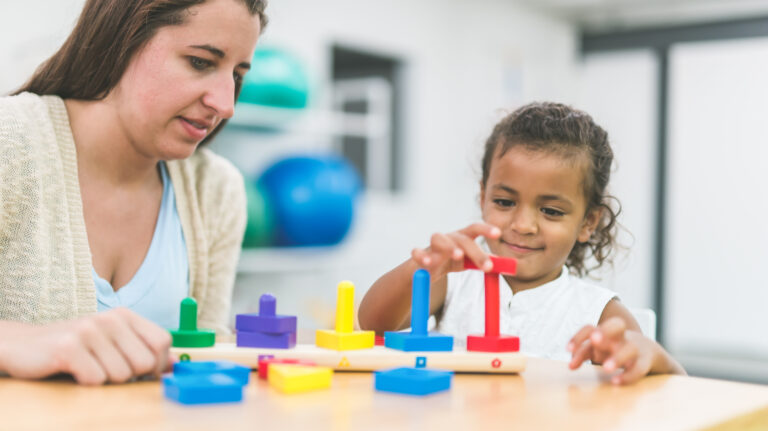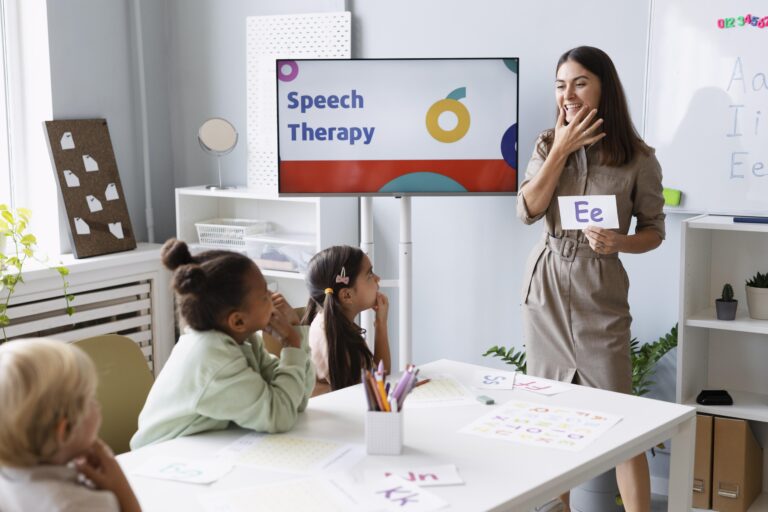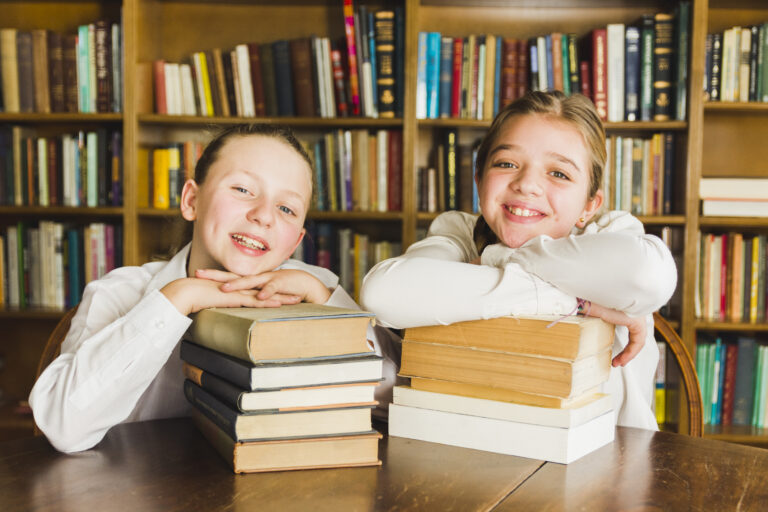The Pyramid of Learning: Building a Strong Foundation for Academic Success
When we picture a pyramid, we visualize a wide, stable base that supports everything built above it. If the foundation falters or remains incomplete, nothing built higher will stay steady for long. This concept of the pyramid is a powerful metaphor for how children learn and develop academic abilities. At It’s a Sensory World!, our educational approach draws from this pyramid model: we begin with the fundamental building blocks—sensory and motor development—at the base. Only once these basic skills are secure do we guide children toward the higher-order academic achievements parents and educators value so deeply.
But why does sensory and motor development matter? Why start with touch, movement, and basic body awareness when academics seem so urgent and essential? The answer lies in the hidden architecture of learning. Without a strong sensory and motor foundation, the brain struggles to interpret, process, and retain the complex information required for reading, reasoning, problem-solving, and focus. By making sure every child’s base is stable, we give them the best chance to thrive academically—and in life.
Let’s take a deeper look at what this approach means, why it matters, and how it shapes the journey from first experiences to advanced learning.
Why Sensory and Motor Skills Form the Foundation
Every child begins life taking in the world through their senses and their movement. Long before speech, writing, or arithmetic, a baby learns by touching, tasting, looking, hearing, balancing, and moving. These early sensations are not just fleeting experiences; they are how the brain creates pathways, maps, and skills that form the infrastructure for future learning.
Touch helps children differentiate between textures, shapes, and sizes.
Balance and movement teach spatial awareness and coordination.
Sound distinguishes speech and patterns in language.
Sight tracks motion, recognizes symbols, and supports reading.
When children crawl, climb, balance, and handle objects, they’re not just playing—they’re wiring their brains for more refined tasks later on. These foundational experiences build neural connections crucial for focus, self-regulation, and organized thought, all of which are essential for learning in the classroom and beyond.
If a child’s sensory input is disorganized—if textures, sounds, and movements overwhelm or confuse their attention, scattering. They might fidget, struggle to coordinate their bodies, or find it tough to sit still and absorb lessons. The pyramid of learning teaches us that these obstacles aren’t just behavioral quirks; often, they signal unmet sensory and motor needs.
Understanding the Pyramid of Learning Layer by Layer
At It’s a Sensory World!, we visualize learning as a pyramid with three main stages: the base (sensory and motor skills), the middle (perceptual and affective skills), and the top (cognitive and academic abilities). Each layer relies on all parts beneath it.
The base encompasses primitive reflexes, body awareness, balance (vestibular sense), tactile (touch), and proprioceptive (position in space) abilities. Movement and sensory exploration dominate this stage. When kids swing, push, pull, or play with different textures, they strengthen these basic skills.
Above this, as children gain more control and awareness, they begin to develop perceptual abilities. They can distinguish sounds in words, separate figures from backgrounds visually, and sense where their body is in space. Emotional self-regulation also takes root. Kids learn to recover from frustration, wait their turn, and manage new or overwhelming feelings.
Only once these layers are solid does a child progress smoothly to the “top” of the pyramid. This is where academic skills—reading, writing, arithmetic, problem-solving, and abstract thinking—flourish. The process is like building a house: strong walls and a sturdy roof rest on a firm foundation.
From Sensory World to Academic World: Bridging the Gap
Consider a child struggling to sit upright and pay attention during story time. While it might appear as defiance or inattention, the root could be a weak core (poor proprioceptive sense) or an underdeveloped vestibular system. Without these, sitting still is tiresome, and their energy is spent simply staying in position, leaving little mental capacity for listening or understanding the story.
Now think about reading. The eyes need to track smoothly across lines of text—a complex dance of muscles guided by visual and spatial perception. If a child’s eyes jump or their brain scrambles letters, reading becomes slow and frustrating. These issues often stem from weak foundation skills. The same goes for writing, which relies on refined hand muscles (built from early gross and fine motor play), spatial awareness, and bilateral coordination.
And in math, kids need to estimate, compare quantities, and visualize shapes. All these depend on early experiences manipulating objects, counting, grouping, and sorting—hands-on, sensory-motor-rich activities, not rote memorization.
When base skills are lacking, kids hit invisible obstacles higher up the pyramid. By focusing on sensory and motor development first, we remove these barriers, ensuring smoother progress and lasting academic achievement.
Practical Foundations: How We Build the Base at It’s a Sensory World!
Every program and activity at It’s a Sensory World! is intentional. We start by assessing where each child stands on the pyramid: are their sensory systems balanced? Can they filter distractions and self-soothe? Is their body awareness strong enough to sit, move, and handle tools?
Once we know this, we personalize our approach, moving through playful sensory experiences to build the foundation. Our classrooms are filled with swinging, climbing, crawling, and balanced movement. We use textured materials, weighted objects, and calming sensory input so children feel in tune with their bodies.
Fine motor tasks—like working with clay, beads, and puzzles—follow next. These shape important hand skills for writing and drawing. We engage children with rhythm, dancing, and musical play to strengthen auditory and timing abilities, crucial for language and reading.
We emphasize repetition and gradual skill progression. Activities may seem simple, but they are structured to reinforce neural connections. When a child masters balancing on a beam or recognizing patterns in a song, it’s not just a small victory; it’s a leap forward for academic readiness.
The Impact: Real-World Success Stories
We’ve seen transformative growth in children once their foundational needs are met. A non-verbal child who spends months engaged in swinging and tactile play begins to form words as their brain processes sensory input more clearly. A student frustrated by handwriting, after weeks of finger games and building with blocks, develops the control and confidence needed to write smoothly.
Our students show increased attention spans, improved memory, and far greater emotional resilience. Behavioral challenges often diminish, not because of stricter discipline, but because children finally feel “in sync” with their bodies and their environments.
Teachers in local schools notice the difference. Kids who once struggled to keep up now listen, follow instructions, and participate eagerly. They move up the academic pyramid not by rote learning but by standing on a sturdy, carefully built foundation.
Academic Skills as a Natural Extension, Not a Separate Destination
The mistake many educational systems make is to rush students toward academic skills too soon. There’s a temptation to focus exclusively on reading, writing, or arithmetic, using drills or worksheets at early ages. While some children may succeed this way, those with unsteady foundation skills quickly become overwhelmed, discouraged, or labeled as “challenging.”
By framing learning as a pyramid, we see academics as a natural extension of earlier growth, not a separate, disconnected process. Academic abilities rest upon and depend on the sensory and motor systems that come first. When the approach is patient, holistic, and individualized, academic achievement grows from within, at each student’s own ideal pace.
Parents often wonder, “How can I help my child succeed in school?” The answer, sometimes surprising, is not always more tutoring or longer hours with a textbook. Instead, it may be more time moving outdoors, climbing, jumping, painting, and playing. These activities occupy the base of the learning pyramid and pay dividends all the way to the top.
The Science Behind the Approach
Current educational neuroscience and developmental psychology back up what we see daily. Early childhood is a period of tremendous brain growth, with new connections forming at astonishing rates. Sensory and motor input are literally the “raw material” from which higher cognitive functions develop.
Research shows that children with strong sensory integration skills perform better in school and exhibit greater emotional regulation. Movement and tactile play stimulate the prefrontal cortex—the brain’s hub for focus and executive function. Sensory-rich experiences during early years increase the brain’s “plasticity,” its lifelong ability to learn and adapt.
It’s not just about children with special needs; all students benefit from a sensory-motor-first approach, especially as more academic demands are placed on younger and younger students. We see fewer meltdowns, less anxiety, and more enthusiasm for learning.
A Strong Base Benefits Every Child
Every child brings unique strengths and challenges to the pyramid of learning. Some may need extra time with foundational skills, while others zip upward with ease. Our commitment is to honor each child’s journey—meeting them where they are and building upward from a strong platform.
We prioritize relationships and trust. Children who feel safe, understood, and unhurried are open to new experiences and growth. Our teachers act as guides and supporters, never pushing children over structural gaps but instead filling in each needed layer.
From this perspective, academic success is not a mysterious talent or genetic gift. It’s the product of time, patience, attention, and development at every stage.
Looking Forward: Building Strong Foundations for Lifelong Learning
The pyramid of learning doesn’t stop at elementary school or high school. The skills built at every level remain with us throughout life. Adults with strong sensory awareness and motor control navigate stress, focus, and change more effectively. They solve problems creatively, communicate clearly, and maintain emotional balance—precisely the skills needed for success in the ever-changing world.
If we want children to thrive academically, we must invest in the base. Sensory and motor development come first, not as an afterthought but as the master plan for educational achievement.
At It’s a Sensory World!, we invite families, educators, and communities to join in this approach. Recognize the power of touch, movement, and play as essential building blocks. Explore, experiment, and trust the process. When the foundation is solid, every child can reach the top of their own pyramid and experience the true joy of learning. As a leading school for autism in Farmers Branch, we are committed to creating inclusive, sensory-friendly environments where every child can thrive.
Remember: academic success doesn’t begin with a pencil or a book. It begins with a strong base—every jump, swing, giggle, and squeeze is another block in the foundation of a lifelong love for learning. Let’s honor that process, so every child can stand tall and proud at the summit of their own Pyramid of Learning.

